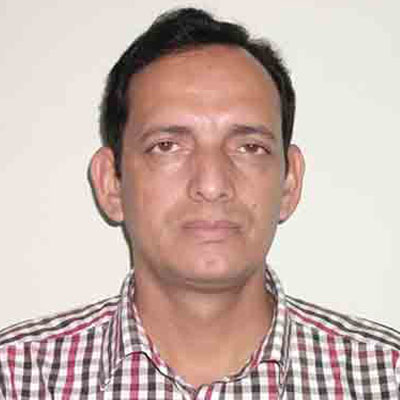Dr. Ashwani Tapwal
Senior ScientistICFRE-Himalayan Forest Research Institute, himla, Himachal Pradesh, India
Highest Degree
Ph.D. in Botany from Himachal Pradesh University, Shimla, India
Share this Profile
Highest Degree
Ph.D. in Botany from Himachal Pradesh University, Shimla, India
Share this Profile
Dr. Ashwani Tapwal is currently working as Scientist ‘D’ in Forest Pathology Division, Forest Research Institute (FRI), Dehradun, Uttarakhand. He has started his carrier as scientist in Himalayan Research Group Shimla from 2002 to 2006 and worked on different R&D and livelihood development programmes and in 2004, got Young Scientist Project form Department of Science and technology (GOI), New Delhi. He assumed a faculty position in the Shooloni Institute of Life Sciences and Business Management, Solan, Himachal Pradesh in July, 2006. In this Institute he served as Head, Dept. of Botany for two years and done pioneer role in the establishment of this department. He has taught different courses for post graduate classes in botany like Plant Pathology, Mycology, Microbiology, Biotechnology etc. He has served as Scientist-C at Rain Forest Research Institute, Jorhat, Assam from 2008-2012 and worked on mycorrhizal association of forestry tree species and ethnomycological aspects of Nagaland tribes.
Dr. Ashwani Tapwal has done his post graduation and Ph.D. in Botany with specialization in Mycology and Plant Pathology from Himachal Pradesh University, Shimla in 2002. After post gradation in 1996, he is engaged in research on different issues related to Mycology and Plant Pathology, Integrated Pest Management, Biocontrol of Soil Borne Plant Pathogens, Soil Microbiology, Mushrooms, Mycorrhiza, Fungal Endophytes and Fungal Secondary Metabolites.
